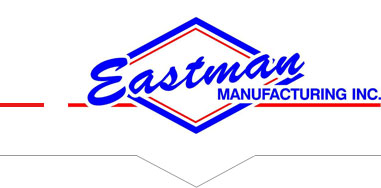Cleaning Between the Transmitter and Tank
In almost all of industrial operations which process, store and transport liquids, the level accuracy is deemed to be very critical. Contaminated process lines typically result in sediments in process tanks as well as contaminated products. The contamination also cause some inaccurate readings and measurements from the level transmitters that are deemed costly and even very dangerous in some of the industries. You should not risk the quality of product, productivity, equipment integrity and the plant safety. A great value is at hand in the maintenance of clean process lines between process tanks and transmitter and the best maintenance and technical consultants have clever ways in helping you keep the lines clean for a much longer period of time.
The first step is the isolation valve with a swirl purge. It is known that an industrial tech isolation valve will be helpful in that it saves tons of time and money in the process tanks level measurement without having to take equipment offline. However, the valve can do more. When the process lines located between the tank and the level transmitter will be clogged, the swirl purge will allow better as well as faster flushing of the lines so that the level of information will be more accurate and that cleaning of tanks are undertaken more efficiently.
Reduce in System Downtime
Scale build-up on the side of the tanks, overtime, and piping and boiler components will cause backup and some significant production delays. The serious downtime will also be caused by contaminant corrosion. All of the process lines which include those that are in between the transmitter and the tank should be kept clean.
Protect the quality of the product
The contaminants inside the process lines will eventually spread all throughout the system. This is simply not acceptable in most industries and is deemed a great no- no in the pharmaceutical and food processing fields where the products can end up consumed by people. There are specialized contamination regulations which are deemed strict. In food processing, it is easy for the residue from the oils and greases to be left in the process lines. This particular residue will eventually end up in the mixing and storage tanks which will contaminate the products and thus affect measurements from the level transmitters. The flushing lines with water are typically insufficient. And when the tank is contaminated there will be much longer downtime. Regular cleaning by an expert with the use of surfactants will emulsify residues in the process lines in order to make them respond to the water flushing. As mentioned, the industrial technology isolation valve equipped with the swirl purge will make the process much faster, more efficient as well as it will save money by causing less offline time for the machineries.
Clean-In Place
Where it is possible, a clean in place process will clean lines onsite without the need to send them to some special facility. The first advantage of this is that it will allow the company to maintain some form of control on the timing of the cleaning process.






